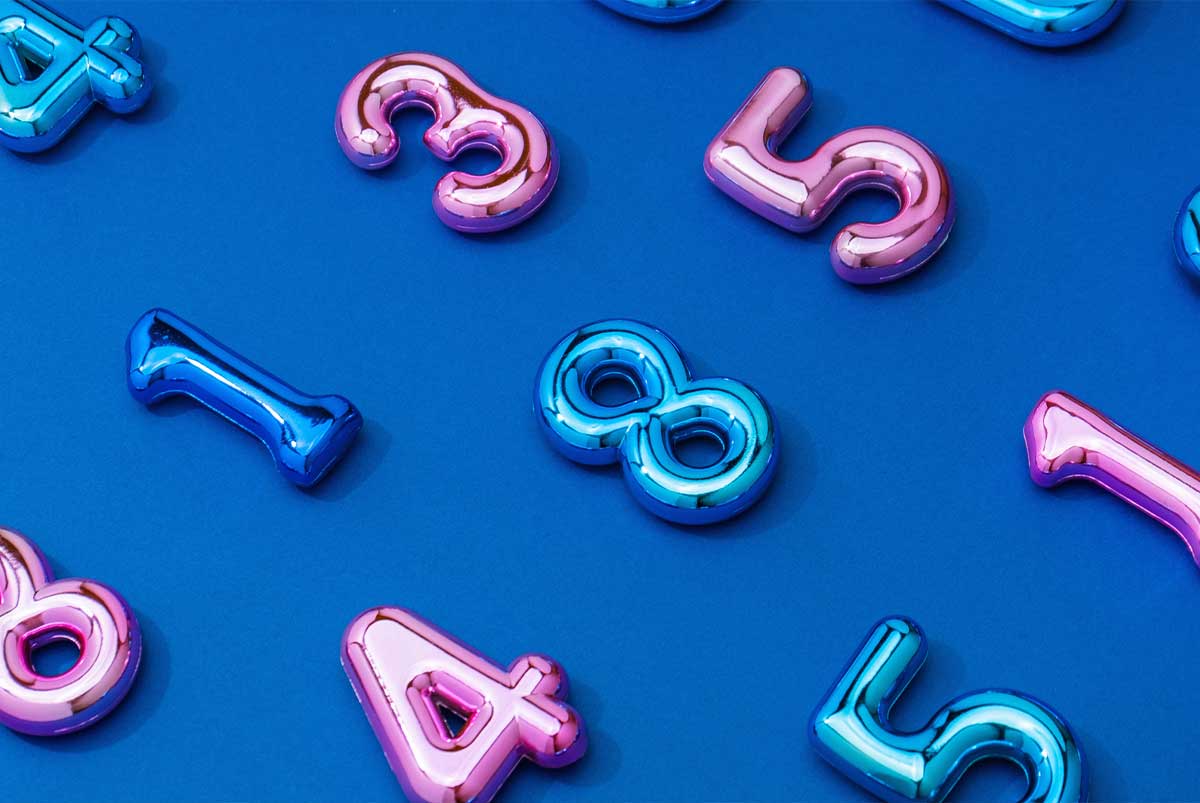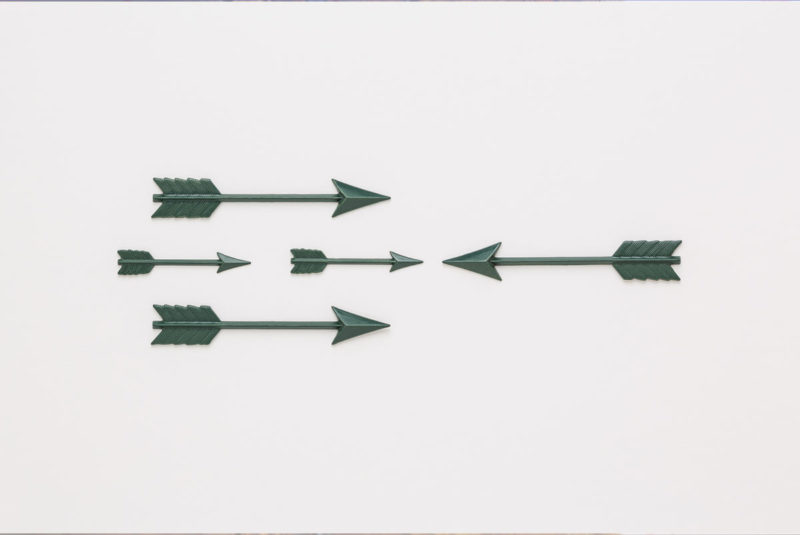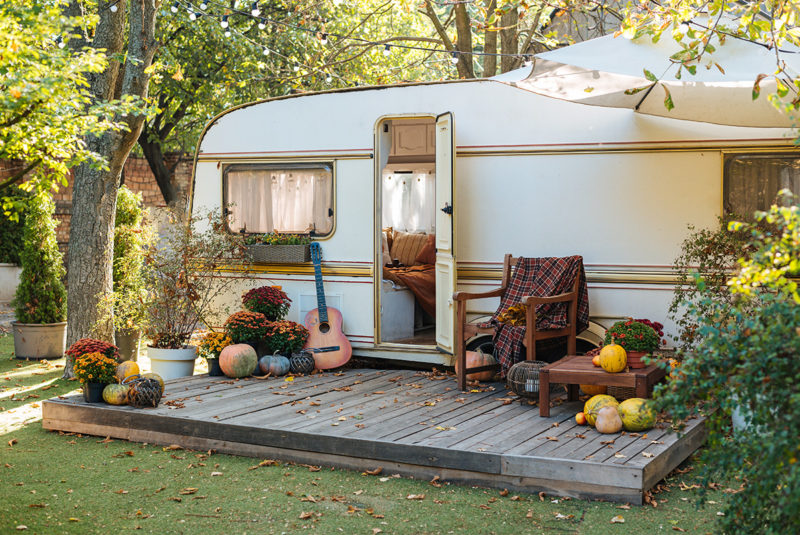Ready To Buy a Home?
Get Approved to Buy a Home
Rocket Mortgage® lets you get to house hunting sooner.
Figuring out how to live your best life while comfortably making your mortgage payments every month should incentivize you to get familiar with different mortgage financing options.
One of those financing options is the balloon mortgage.
Balloon mortgages can require small monthly payments. At the end of the loan, you make one large balloon payment to pay off the remaining balance.
Thanks to their low initial cost, balloon mortgages are pretty popular with property developers and house flippers. But, for the average homeowner, it can be a risky option. Let’s explore whether balloon mortgages are full of hot air or just the option you’ll need to sail toward your best financial life.
What Is a Balloon Mortgage?
Explore Your Mortgage Options
What are you looking to do?
A balloon mortgage is a shorter-term mortgage with low (or no) monthly payments followed by a larger payment at the end of the loan’s term, which is typically less than 7 years.
While there are many situations when a buyer may consider using a balloon mortgage, the mortgages are ideal for buyers who don’t plan on living in (or owning) a home for long.
Balloon mortgages – which are usually offered for short terms, typically between 5 – 7 years or even 2 years – usually require low payments over the loan’s term. At the end of the loan, the homeowner pays back the loan’s remaining balance.
Additionally, balloon mortgage interest rates are often relatively low compared to other mortgages, such as conventional mortgages.
If your balloon mortgage requires payments, you’re typically paying the interest that accrued over the month. (But some balloon mortgages don’t require monthly payments.)
Whether the homeowner is making monthly payments or not, at the end of the loan, the borrower must make one, large lump-sum payment for the entire balance, including any outstanding interest. That means that you’ll need a lot of cash on hand to pay off the remaining balance.
What is a balloon payment?
The defining feature of a balloon mortgage is its payment structure. With most balloon mortgages, you make small monthly payments over the mortgage’s term. And at the end of the term, you pay off the entire mortgage.
The final payment at the end of the loan’s term is the balloon payment. It accounts for the total outstanding balance of the mortgage. If you make low monthly payments over the loan’s lifespan, your balloon payment will likely be quite large – typically 80% of the mortgage or more.
How Does a Balloon Mortgage Work?
With a conventional mortgage, the loan term is the same length as the loan’s amortization schedule (aka payoff schedule). Because of this, the entire mortgage gets paid off by the end of the loan.
With a balloon mortgage, the loan term is shorter than the amortization schedule. A balloon mortgage offers the flexibility of low or no payments every month, but at the end of the term, the borrower has to pay the remaining loan balance in one large lump sum. So, instead of gradually paying off the loan over 15 or 30 years, you settle your balance all at once after a period of low or no payments.
Balloon mortgage example
There are different balloon mortgage types and structures, but they all feature a lump-sum payment in the end.
There are three common types of payment structures:
- Balloon payment mortgage: The balloon payment mortgage is the most common type of balloon mortgage. Mortgage amortization is based on a standard term of 15 or 30 years. Because the balloon mortgage’s term is shorter than its amortization period, you’ll pay off the outstanding loan balance at the end of the loan’s term. Like other fixed-rate mortgages, during the first few years of the loan, a larger chunk of your payment will go to interest than the loan, leaving most of the principal (aka the original amount of the loan) due at the end of the loan.
- Interest-only payments: With the interest-only option, you only pay the loan’s accrued monthly interest. Then you pay the outstanding mortgage principal at the end of the loan’s term.
- No monthly payments: If you make no monthly payments, everything – interest, fees and mortgage principal – is due at the end of the loan. This payment structure is usually offered for very short-term loans that usually last a year.
What Does a Balloon Payment Schedule Look Like?
The payment schedule for a balloon mortgage is based on the type of balloon mortgage you get.
The balloon payment mortgage is the most popular option because it allows you to reduce the loan’s principal, which helps reduce the size of the final lump-sum payment. Remember, this type of payment structure is based on the amortization schedule of a 15- or 30-year loan.
Let’s say you have a $300,000 mortgage with a 5-year loan term and an interest rate of 3.66% on a 30-year amortization (aka payoff) schedule.
Your monthly mortgage payment would be $1,374.07 not including any additional costs like private mortgage insurance (PMI), property tax or homeowners insurance.
| Year | Monthly Payment | Total Annual Payment |
| 0 | $1,374.07 | $16,488.84 |
| 1 | $1,374.07 | $16,488.84 |
| 2 | $1,374.07 | $16,488.84 |
| 3 | $1,374.07 | $16,488.84 |
| 4 | $1,374.07 | $16,488.84 |
At the end of 5 years, your final or balloon payment would be $269,824.76.
When Is a Balloon Mortgage a Good Idea?
A balloon mortgage can be a desirable option for a buyer who doesn’t plan on staying in a home for long. The borrower can take advantage of low monthly payments and can sidestep the lump-sum payment entirely by selling the home before their loan term ends.
Ideally, this loan can keep your cost of living lower and more affordable. And you get the added bonus of possibly walking away with a healthy profit after selling the property.
You can also dodge the lump-sum payment by refinancing your loan right before payment’s due. Borrowers might choose to refinance if they think they’ll be in a better financial situation when they refinance, getting an interest rate reduction.
Wondering if a balloon mortgage is right for you? Applying for one might make sense if:
- You want a lower interest rate.
- You don’t plan on living in the home very long.
- You are planning to “flip” the home for profit.
- You are a property investor with access to capital.
What Are the Risks of a Balloon Mortgage?
There are serious risks to consider with balloon mortgages. Before committing to a balloon mortgage, consider the following risks
- Little to no equity in the house: With a balloon mortgage, you build little to no equity in your home while you make payments. This puts you at a disadvantage if you ever refinance your home or hope to make a profit when you sell.
- Dependence on the housing market: Balloon mortgages may make sense if you expect property values to go up. If home values drop, you may be upside down on your mortgage, owing more than the home is worth.
- Refinancing can be challenging: It may be hard to find a lender willing to approve a refinance, especially if your credit or income hasn’t improved.
- Can be hard to find lenders: Many lenders are wary of balloon loans because of their inherent risks. Lenders who offer balloon mortgages are likely to charge more in interest and fees.
- Foreclosure: Balloon mortgages are at a higher risk of foreclosure. If you can’t make the final payment at the end of the loan’s term, you will need to sell the home or face foreclosure. You should only agree to a balloon mortgage if you have a clear plan to pay it back.
How Can I Pay Off a Balloon Mortgage?
There are several ways to pay off a balloon mortgage:
- Refinance the mortgage: You can refinance your mortgage for the remaining balance before the lump sum is due. To qualify for a refi, you’ll need good credit, a steady income and a qualifying debt-to-income (DTI) ratio.
- Sell the home: You can choose to sell the home to pay off the outstanding loan balance. Ideally, you’ll be able to sell the home, walk away with everything paid off and pocket a decent profit. But if the market is in decline, you might not sell at all, or you might sell at a loss, leaving you to figure out how to cover the remaining balance of the lump-sum payment.
- Save before buying a balloon mortgage: You can opt to save a lot of money before you apply for a balloon mortgage. With a cash reserve, you’ll know that you have the money to pay off the lump sum when it’s due. If this option is available to you, you’ll own a property and be mortgage-free in 3 – 5 years!
- Put money aside while waiting for your balloon mortgage deadline: You can set aside cash during the balloon mortgage loan (almost as if you were paying off a conventional mortgage) so you can afford the lump-sum payment at the end of the term. To figure out how much you have to set aside to cover your loan, divide your loan balance by the number of months you have left until the balloon payment is due.
What Are Some Alternatives to Balloon Mortgages?
Don’t know if a balloon mortgage is right for you? You may want to consider a few other options before you make a final decision.
Some alternative mortgage options that can come with lower monthly payments include:
Adjustable-rate mortgages
Adjustable-rate mortgages (ARMs) typically have 30-year terms. At the beginning of the loan, there’s a “teaser period.” This period usually lasts between 5 – 10 years and offers a lower interest rate than you would get with a conventional fixed-rate mortgage.
After the teaser period is over, you can either refinance to a fixed-rate mortgage or you can continue with the adjustable-rate mortgage, which adjusts regularly to meet market interest rates. The adjustments continue approximately once or twice a year until the end of the loan.
The upside of an ARM is clear. You get to take advantage of a lower interest rate (and, therefore, lower payments) during the introductory period of the loan – and there’s no lump sum payment to deal with after the intro period.
Fixed-rate mortgages
A fixed-rate mortgage usually comes with a slightly higher interest rate than its alternatives, like the balloon mortgage or the adjustable-rate mortgage.
You can get a fixed-rate mortgage for a longer term, like 30 years, to get the lowest possible monthly payment. The advantage of the fixed-rate mortgage is stability. You know how much you owe every month; you know when it’s due, and you’ll know it’s completely paid off at the end of the loan.
Before deciding on the type of mortgage you want, think about how much house you can afford. A mortgage calculator is a great resource. It can give you some insight into your flexibility before moving on to the next steps of your home buying journey.
Get the Financing You Want: Know Before You Go
A balloon mortgage comes with many risks, but it might be a savvy financial move for someone who understands the process and is – or can be – prepared for any outcome.
Before deciding on the type of mortgage you want, think about how much house you can afford. A mortgage calculator is a great resource. It can give you insight into affordable home price ranges before you move to the next steps of your home buying journey.
Take the first step toward buying a home.
Get approved. See what you qualify for. Start house hunting.
The Short Version
- A balloon mortgage lets you make low monthly payments over the life of the loan. At the end of loan’s term, you make one large payment for the outstanding loan balance
- Balloon mortgages come with three payment options: regular mortgage monthly payments that cover interest and principal, interest-only payments or no payments at all
- A balloon mortgage is best for borrowers who are interested in low living costs or don’t plan on living in the home very long




